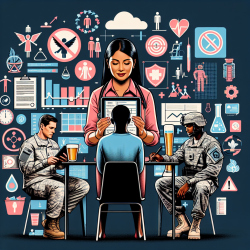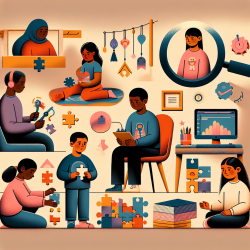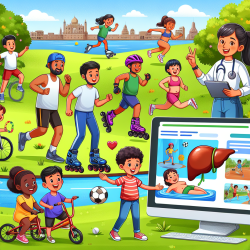Introduction
In the realm of child development and mental health, the role of physical activity is gaining significant attention. A recent systematic review and meta-analysis by Recchia et al. (2023) published in JAMA Pediatrics highlights the potential of physical activity interventions in reducing depressive symptoms among children and adolescents. This blog delves into these findings and offers insights for practitioners to enhance their therapeutic approaches.
The Impact of Physical Activity on Mental Health
Physical activity is not just about physical well-being; it plays a crucial role in mental health. The study by Recchia et al. (2023) analyzed 21 trials and concluded that physical activity interventions significantly reduced depressive symptoms in youth. Notably, adolescents and those with pre-existing mental health conditions showed the most substantial improvements.
Interestingly, the study found that the frequency and duration of physical activity sessions were critical. Interventions with three sessions per week and less than 12 weeks in duration were most effective. This indicates that structured, short-term interventions can yield significant mental health benefits.
Practical Applications for Practitioners
As practitioners, incorporating these findings into therapy can be transformative. Here are some actionable strategies:
- Integrate Physical Activity into Therapy Sessions: Encourage children to participate in structured physical activities, such as sports or aerobic exercises, as part of their therapy plan.
- Educate and Empower Parents: Parents play a pivotal role in facilitating physical activity. Educate them on the benefits and ways to incorporate physical activities into their child's routine.
- Collaborate with Schools: Work with schools to develop programs that integrate physical activity into the daily schedule, ensuring that children have ample opportunities to engage in exercise.
Encouraging Further Research
While the findings are promising, there are gaps that need exploration. Future research should focus on:
- Exploring the long-term effects of physical activity on mental health.
- Investigating the impact of different types of physical activities, such as muscle-strengthening exercises, on depressive symptoms.
- Understanding the role of unstructured physical activities and their benefits.
By addressing these areas, researchers can provide a more comprehensive understanding of how physical activity can be optimized for mental health benefits.
Conclusion
The evidence is clear: physical activity is a powerful tool in combating depressive symptoms in youth. By integrating these insights into practice, practitioners can create more effective and holistic therapeutic approaches. As we continue to explore the intersection of physical activity and mental health, it is crucial to remain data-driven and open to new findings.
To read the original research paper, please follow this link: Physical activity and depressive symptoms in youth.










